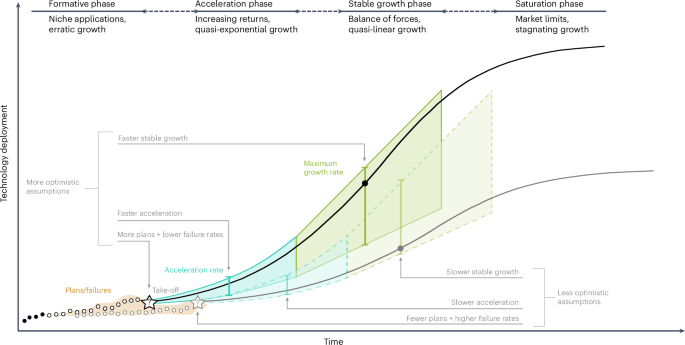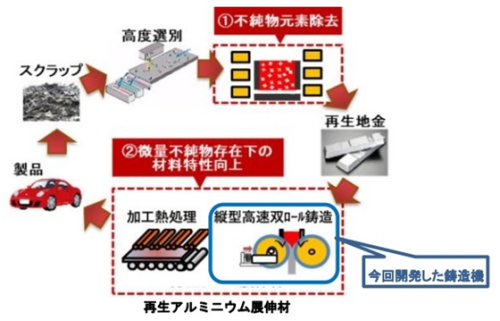2024-09-25 チャルマース工科大学
<関連情報>
- https://news.cision.com/chalmers/r/major-boost-in-carbon-capture-and-storage-essential-to-reach-2-c-climate-target,c4034940
- https://www.nature.com/articles/s41558-024-02104-0
炭素回収・貯留の実現可能な展開と気候目標の要件 Feasible deployment of carbon capture and storage and the requirements of climate targets
Tsimafei Kazlou,Aleh Cherp & Jessica Jewell
Nature Climate Change Published:25 September 2024
DOI:https://doi.org/10.1038/s41558-024-02104-0

Abstract
Climate change mitigation requires the large-scale deployment of carbon capture and storage (CCS). Recent plans indicate an eight-fold increase in CCS capacity by 2030, yet the feasibility of CCS expansion is debated. Using historical growth of CCS and other policy-driven technologies, we show that if plans double between 2023 and 2025 and their failure rates decrease by half, CCS could reach 0.37 GtCO2 yr−1 by 2030—lower than most 1.5 °C pathways but higher than most 2 °C pathways. Staying on-track to 2 °C would require that in 2030–2040 CCS accelerates at least as fast as wind power did in the 2000s, and that after 2040, it grows faster than nuclear power did in the 1970s to 1980s. Only 10% of mitigation pathways meet these feasibility constraints, and virtually all of them depict <600 GtCO2 captured and stored by 2100. Relaxing the constraints by assuming no failures of CCS plans and growth as fast as flue-gas desulfurization would approximately double this amount.



